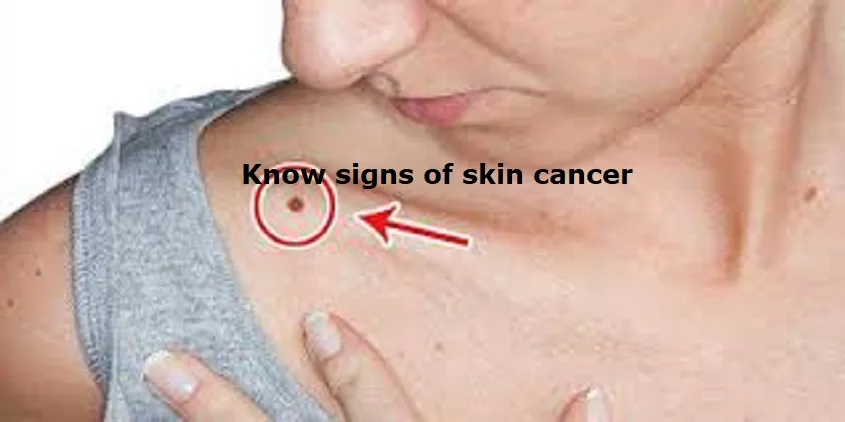
Skin cancer is one of the most common types of cancer globally. Skin cancer is also one of the most preventable and treatable; especially when caught early. According to the World Health Organisation (WHO), over 3 million non-melanoma and 132,000 melanoma skin cancers occur globally each year.
Skin cancer can often begin as an unusual growth, mole, or sore that doesn’t heal. When detected early, treatment is highly effective. However, left unnoticed, skin cancers; particularly melanoma, can spread to other parts of the body and become life-threatening.
.1. Watch for the ABCDEs of melanoma
Dermatologists recommend using the “ABCDE” rule to identify potentially dangerous moles or skin changes. If you notice any of these changes, consult a dermatologist immediately.
A-Asymmetry: One half of the mole doesn’t match the other.
B-Border: Irregular, blurred, or notched edges.
C-Colour: Multiple colours or uneven distribution of colour.
D-Diameter: Larger than 6mm (about the size of a pencil eraser).
E-Evolving: Any change in shape, size, colour, or sensation over time.
2. Persistent sores that do not heal
A sore or lesion that doesn’t heal within a few weeks, especially in sun-exposed areas like the face, ears, neck, or hands, may be a warning sign of basal cell or squamous cell carcinoma. These forms of skin cancer can appear as crusty, oozing, or bleeding areas that don’t close up like regular wounds.
3. Raised, shiny or pearly bumps
Basal cell carcinomas may appear as small, raised, translucent bumps that may look pink or shiny. These bumps can develop slowly over time and may have visible blood vessels. Though less aggressive than melanoma, they require timely removal to prevent disfigurement or deeper tissue damage.
Also Read: Foods new mothers must eat
4. Flat, scaly patches that itch or bleed
Squamous cell carcinoma often starts as a rough, scaly patch on sun-exposed skin, which may crust, bleed, or feel tender. These areas can grow quickly and become raised or ulcerated. Any persistent skin irritation or change that doesn’t respond to treatment should be examined.
5. Dark streaks under nails or on palms/soles
Melanoma can appear in areas less commonly associated with sun exposure, such as the soles of the feet, palms, and even under fingernails or toenails. These may appear as dark streaks or pigmented lines, especially in people with darker skin tones. The American Cancer Society notes that acral lentiginous melanoma is more common in such cases.
6. New growths or changes in existing moles
Any new mole or growth on adult skin, especially if it changes in size, shape, or colour, should not be ignored. Regularly checking your skin from head to toe; including hard-to-see areas, is an effective preventive habit.
7. Itching, pain, or tenderness in a mole
A mole that suddenly becomes itchy, tender, or painful could be undergoing abnormal changes. Even without visible signs, a change in sensation can be an early indicator of trouble.
8. Family history or past sunburns increase risk
If you have a family history of skin cancer, or if you’ve had severe sunburns in the past, your risk increases significantly. Extra vigilance and routine check-ups are recommended in such cases.

Post Your Comments